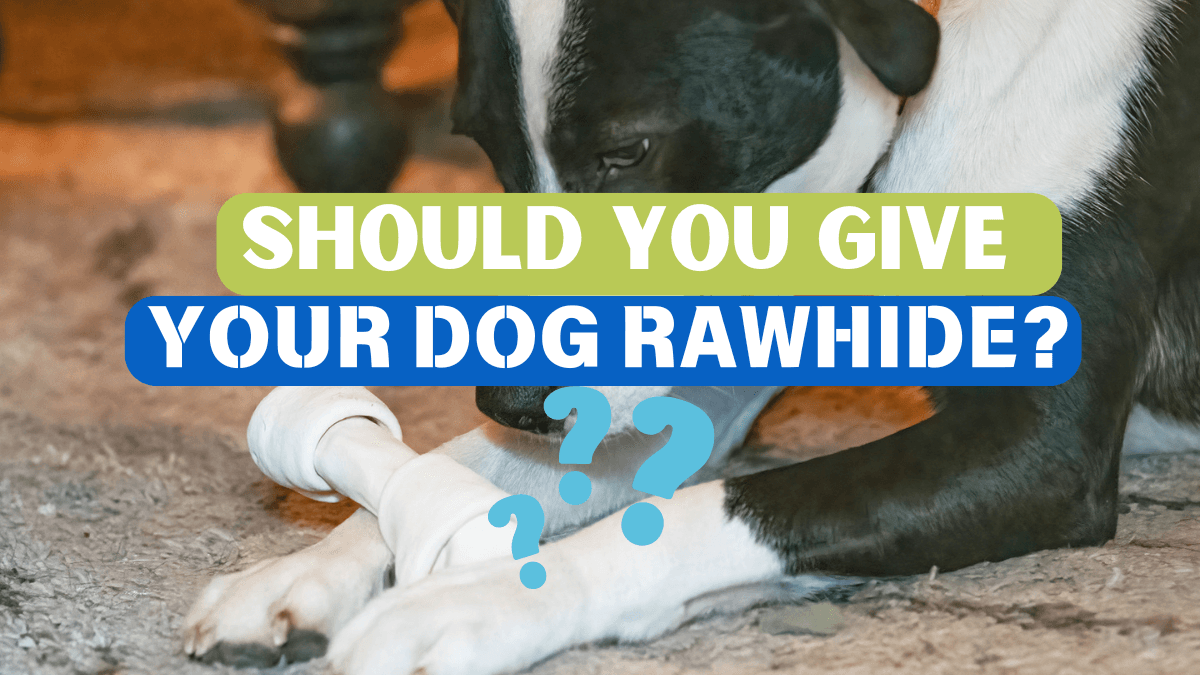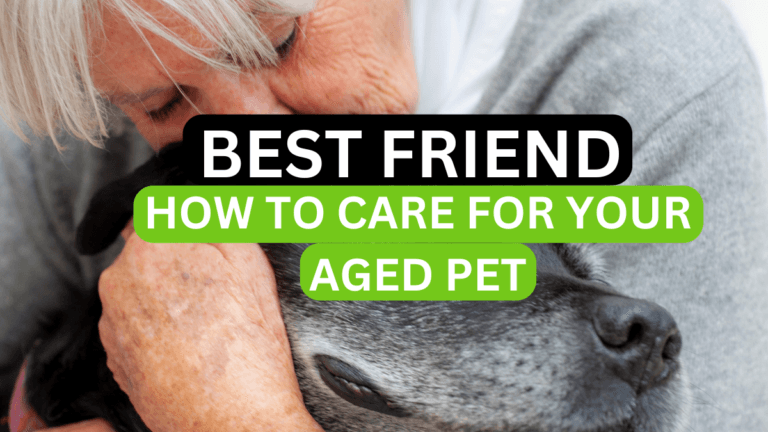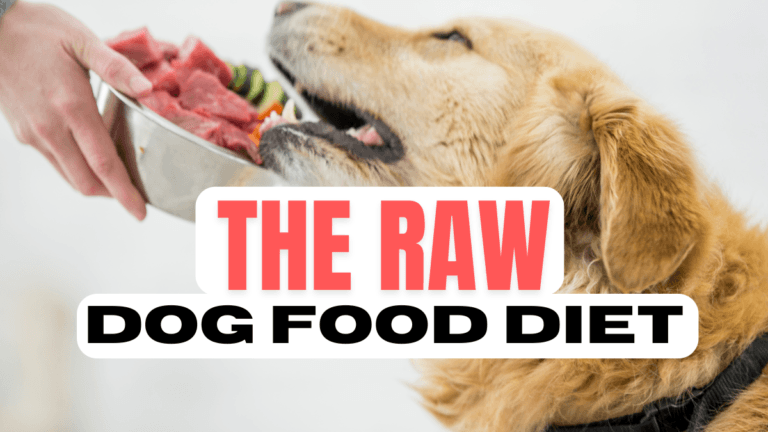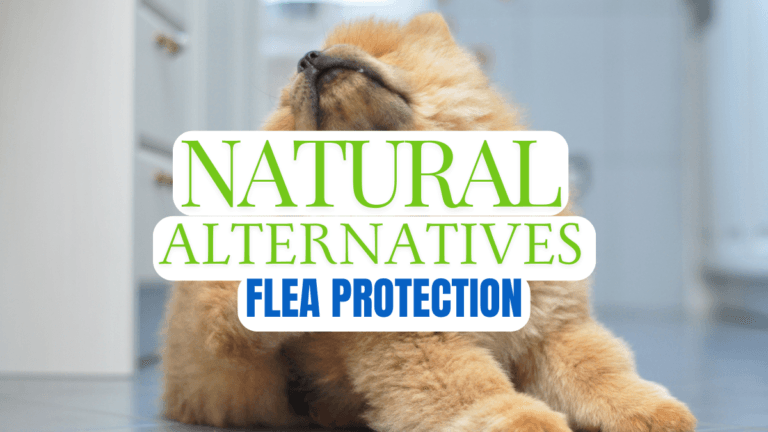5 Dangers and Misconceptions of Giving Your Dog Rawhide: What Every Dog Owner Should Know
5 Dangers and Misconceptions of Giving Your Dog Rawhide: What Every Dog Owner Should Know Facebook Youtube Instagram Rawhide Risks Rawhide treats have been a staple in many dog owners’ homes for decades. They’re marketed as a natural, long-lasting chew that helps clean your dog’s teeth. However, the truth…
5 Dangers and Misconceptions of Giving Your Dog Rawhide: What Every Dog Owner Should Know
Rawhide Risks
Rawhide treats have been a staple in many dog owners’ homes for decades. They’re marketed as a natural, long-lasting chew that helps clean your dog’s teeth. However, the truth about rawhide is more complicated. This article explores the dangers and misconceptions surrounding rawhide, provides uncommon helpful tips, and suggests healthier alternatives for your beloved pets.
What is Rawhide?
Rawhide is made from the inner layer of cow or horse hides. The manufacturing process involves chemical treatments, bleaching, and the addition of artificial flavors and preservatives. This process raises concerns about the potential health risks for dogs.
Common Misconceptions about Rawhide
“Rawhide is Natural”: While rawhide is derived from animal hides, the extensive processing it undergoes strips away most of its natural qualities. The chemicals used can be harmful to dogs.
“Rawhide is Great for Dental Health”: While chewing on rawhide can help scrape off some plaque, the risks often outweigh the benefits. There are safer and more effective dental chews available.
“All Dogs Can Safely Chew Rawhide”: Dogs differ in their chewing habits and digestive capabilities. What works for one dog might be dangerous for another.
Dangers of Rawhide
Choking Hazard: Large pieces of rawhide can break off and become lodged in a dog’s throat, leading to choking or even suffocation.
Digestive Blockages: If swallowed, rawhide can cause blockages in the digestive tract, requiring emergency surgery in severe cases.
Chemical Exposure: The chemicals used in processing rawhide can be harmful if ingested, potentially leading to gastrointestinal issues or other health problems.
Contamination: Rawhide treats can sometimes be contaminated with harmful bacteria, such as Salmonella, which can affect both pets and humans handling the treats.
Uncommon Tips for Dog Owners
Monitor Chewing Sessions: Always supervise your dog when giving them any type of chew. This allows you to intervene if they begin to choke or swallow large pieces.
Choose the Right Size: Ensure the rawhide is appropriately sized for your dog. It should be large enough that they cannot fit the entire piece in their mouth at once.
Limit Chewing Time: Restrict chew sessions to 10-15 minutes to prevent your dog from ingesting large pieces. This also helps maintain their interest in the chew over time.
Know Your Dog’s Chewing Style: Some dogs are aggressive chewers, while others are more delicate. Adjust the type and frequency of chews based on your dog’s individual habits.
Introduce Alternatives Gradually: If switching from rawhide to another type of treat, introduce the new treat slowly to avoid gastrointestinal upset.
Healthier Alternatives to Rawhide
Dental Chews: Specially designed dental chews, such as Greenies Dental Treats, are formulated to clean teeth and are generally safer than rawhide.
Antlers: Deer or elk antlers, such as Devil Dog Pet Co. Premium Elk Antlers, are natural, long-lasting chews that are less likely to splinter than rawhide.
Bully Sticks: Made from dried bull pizzle, bully sticks, such as Best Bully Sticks All-Natural Bully Sticks, are a digestible and safer alternative to rawhide.
Carrots: Raw carrots are a healthy, low-calorie treat that can help clean teeth and provide essential vitamins.
Kong Toys: Fill a Kong toy with peanut butter or yogurt and freeze it for a long-lasting, mentally stimulating treat.
Choosing Safe Chews: What to Look For
Natural Ingredients: Look for chews made from natural, single ingredients without artificial additives or preservatives.
Digestibility: Ensure the treat is easily digestible to prevent blockages. Bully sticks, for example, are known for their digestibility.
Origin and Manufacturing Standards: Choose products from reputable companies that follow strict safety and quality control measures.
Benefits of Healthy Chews
Switching to safer chews can provide numerous benefits for your dog. These include improved dental health, reduced risk of gastrointestinal issues, and mental stimulation. Additionally, healthy chews can contribute to a balanced diet and overall well-being.
While rawhide has been a traditional treat for dogs, the risks associated with it are significant. Understanding the dangers and misconceptions surrounding rawhide is crucial for every dog owner. By opting for healthier alternatives and following the tips provided, you can ensure your furry friend enjoys their treats safely and happily.







